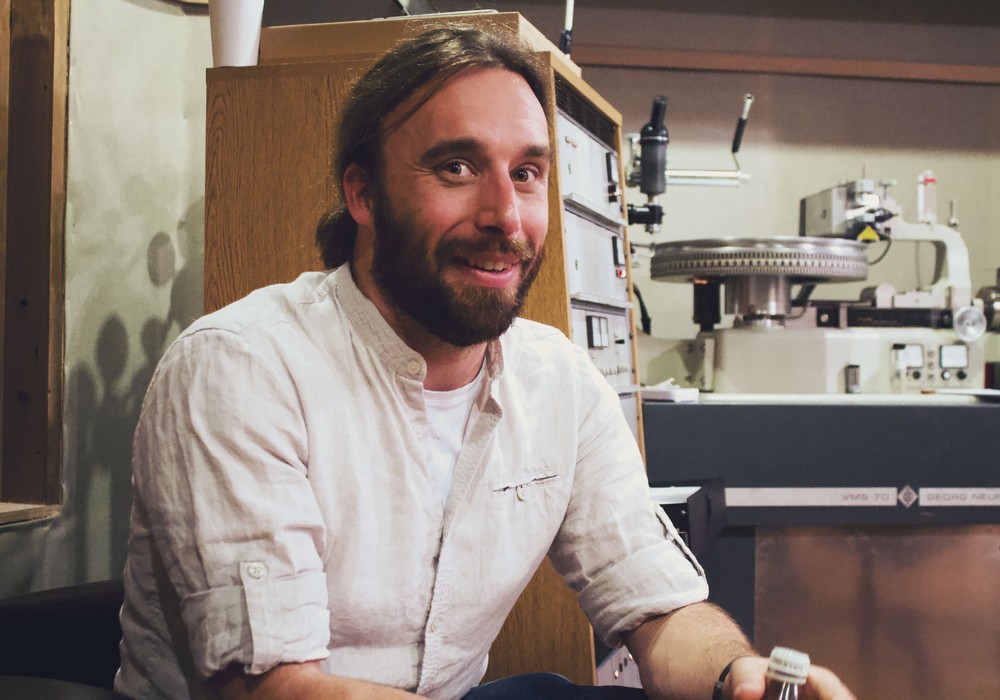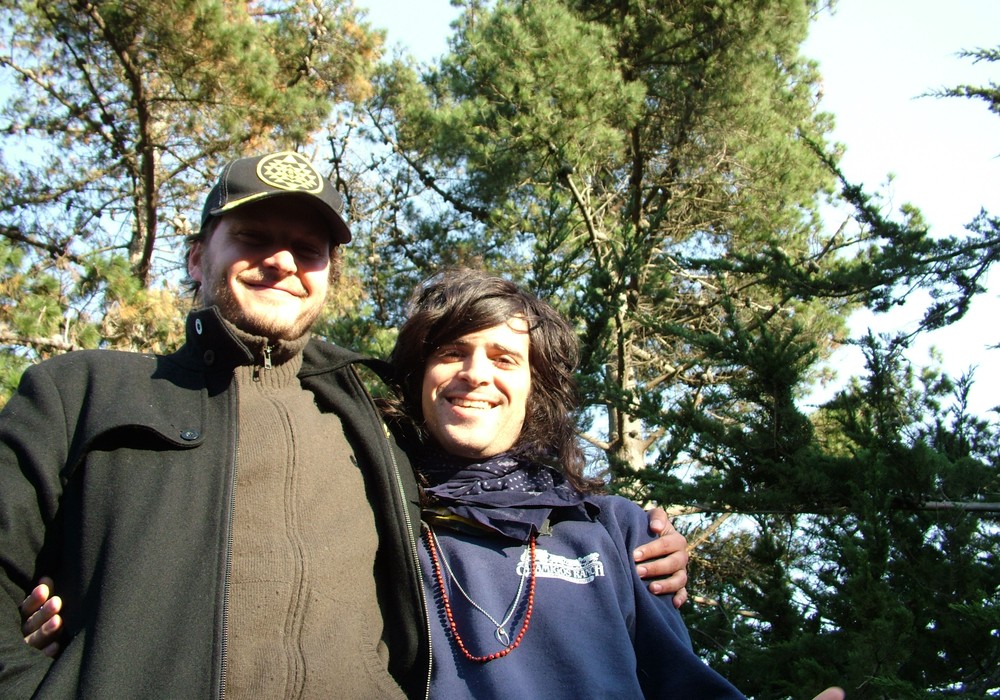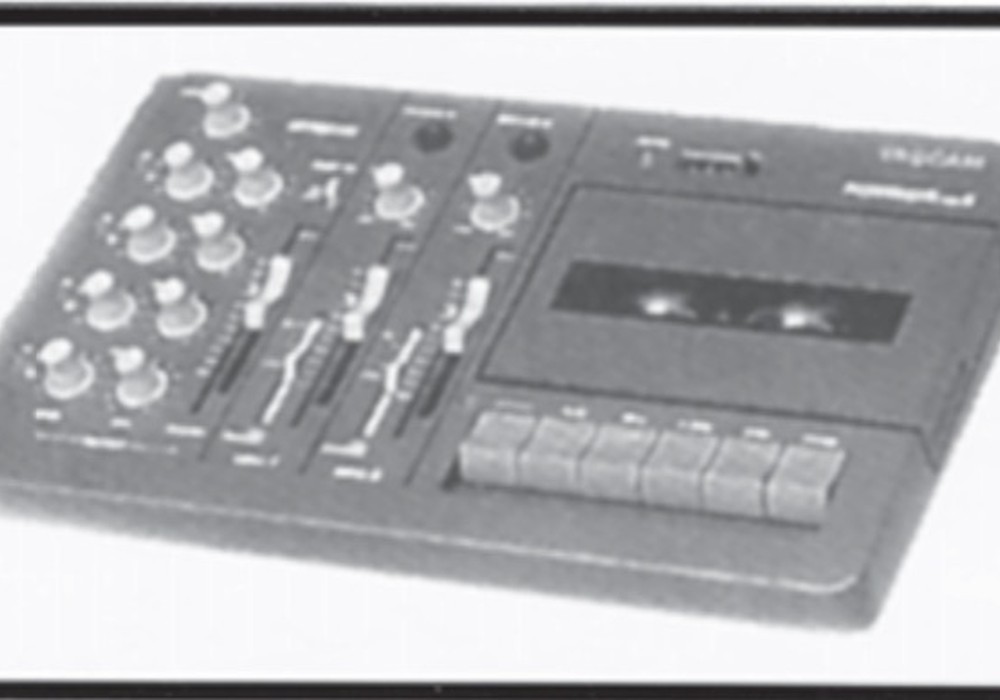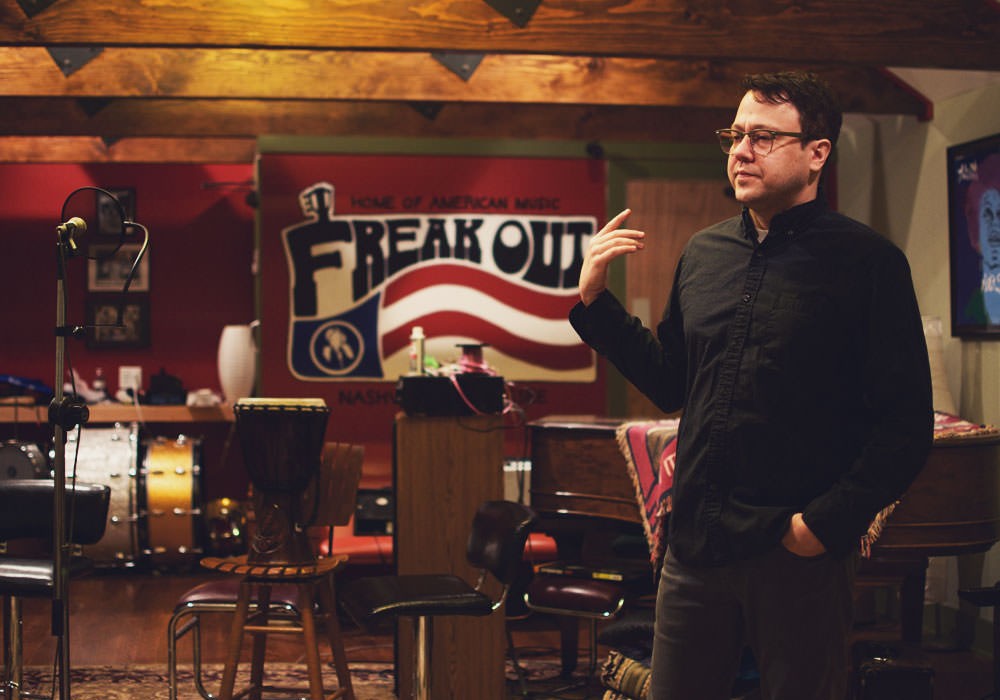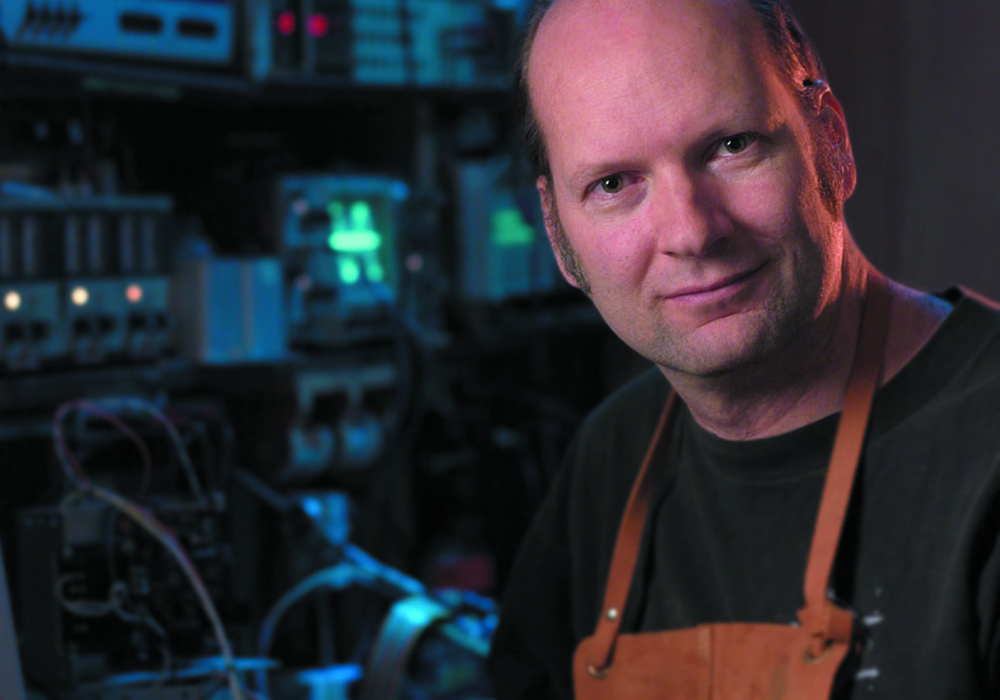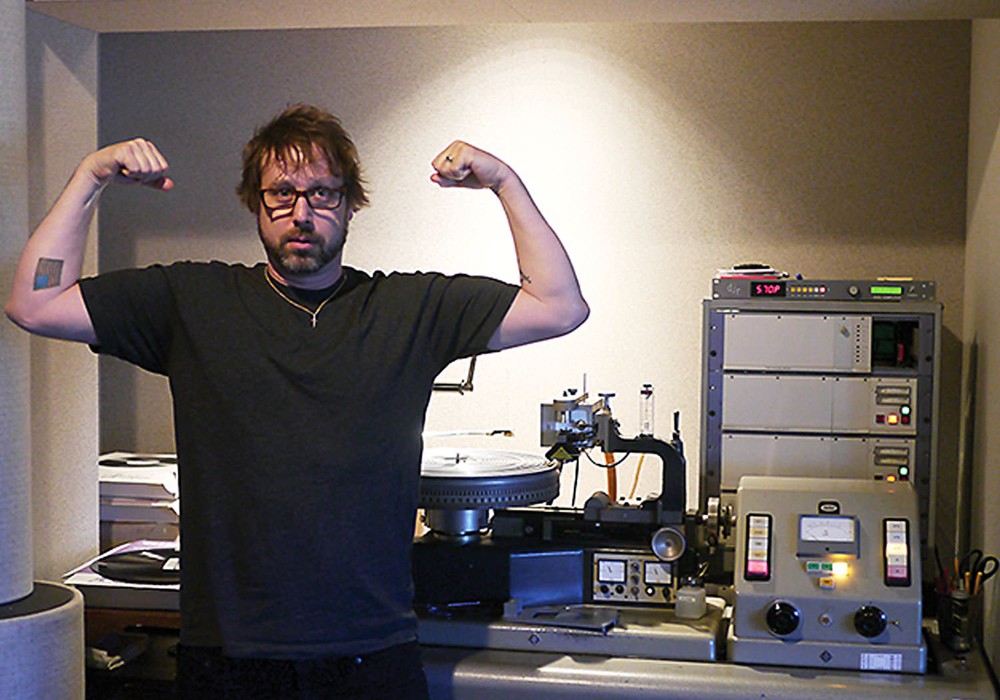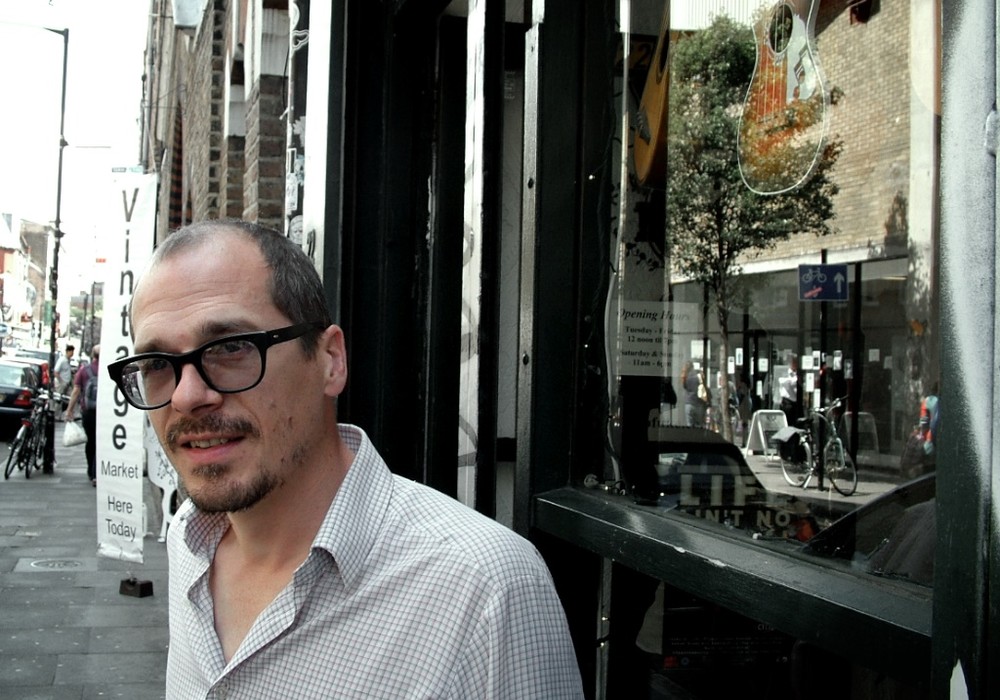To begin with, how did you get started in designing audio gear?
Thirty-two years ago I was working for a guy that built hi-fi equipment. His trick was to take Dynaco gear, hot rod it and sell it. He would buy the raw kits from Dynaco, hire me and a couple of friends and we'd put them together and install the mods and stuff. He'd pay us by the kit we assembled. I could build a PAT-5 in about an hour, a Stereo 400 power amp in an hour and half. I was making pretty decent money doing real simple solder and assembly work. I was doing that and kind of learning electronics as I went. I went from building hi-fi stuff and crossed over to the rock and roll field. There was a company in town building a large mixing console, which was not really available at that time commercially. The [Yamaha] PM1000s and 2000s were just starting to be on the scene then, but they were very expensive and didn't have the capabilities [the company] wanted. So they were building their own 32-input, 8-bus live sound console. The guy that did the original design work bailed on them, so they brought me in to finish it. I went from hi-fi and occasionally a garage band to working on the road, doing a fair amount of national acts in a touring PA company. I was about 22, so I was cocky. I have a habit of picking companies that don't work out. They went belly up. I went from there to the recording studio scene, 'cause I was tired of carrying big PA crap around. There was an active scene and a necessity for techs in the recording studio market. Again, still being young and cocky and knowing everything, I started diving right into everything and learned as I went — tape machines, consoles, synchronizers and automation systems. [I] got a real job and worked in the electronics industry for ten or fifteen years, learned a lot more electronics and low level signal handling. I was halfway through that and the audio came back, with people asking me to build these preamps I had been building. It started getting in the way of the industrial stuff, so we decided to make it a product here rather than just something I did at home. It just took off.
I'm convinced that being "young and cocky" can be great fuel for innovation. Who were you working with during this phase of your career?
My partner Dennis [Pfab], who doesn't really get talked about a lot on the audio side — he and I were working for an industrial company that went tits up and they stopped paying us. We hung around longer than we should have and ultimately picked up one of the products just at the tail end of development. One of the companies needed production, so we took that and started working in his basement and built it and sold them. That was the basis for Great River Electronics. We were doing that — a few other designs came along a little bit later on — and it was during that period that the preamp came back to haunt me. I designed this clean, simple preamp - that was the MP-2 in '90 — and built a number of them for local studios and friends. By '95, when we were pretty well along with the industrial stuff, about once every three or four weeks somebody wanted one. It took me 12 to 14 hours to build one and that started cutting into things. We decided to start actually manufacturing — get them built up and do the mechanical work on more of a commercial basis, rather than me sitting with a drill press and pounding them out one by one. That preamp ultimately got out to the national market, because I discovered the Internet — hooked up with Scott Dorsey, Fletcher, Mike Rivers and sort of the old guard of rec.audio.pro. It really was my friendship with Fletcher [Mercenary Editions] and his...
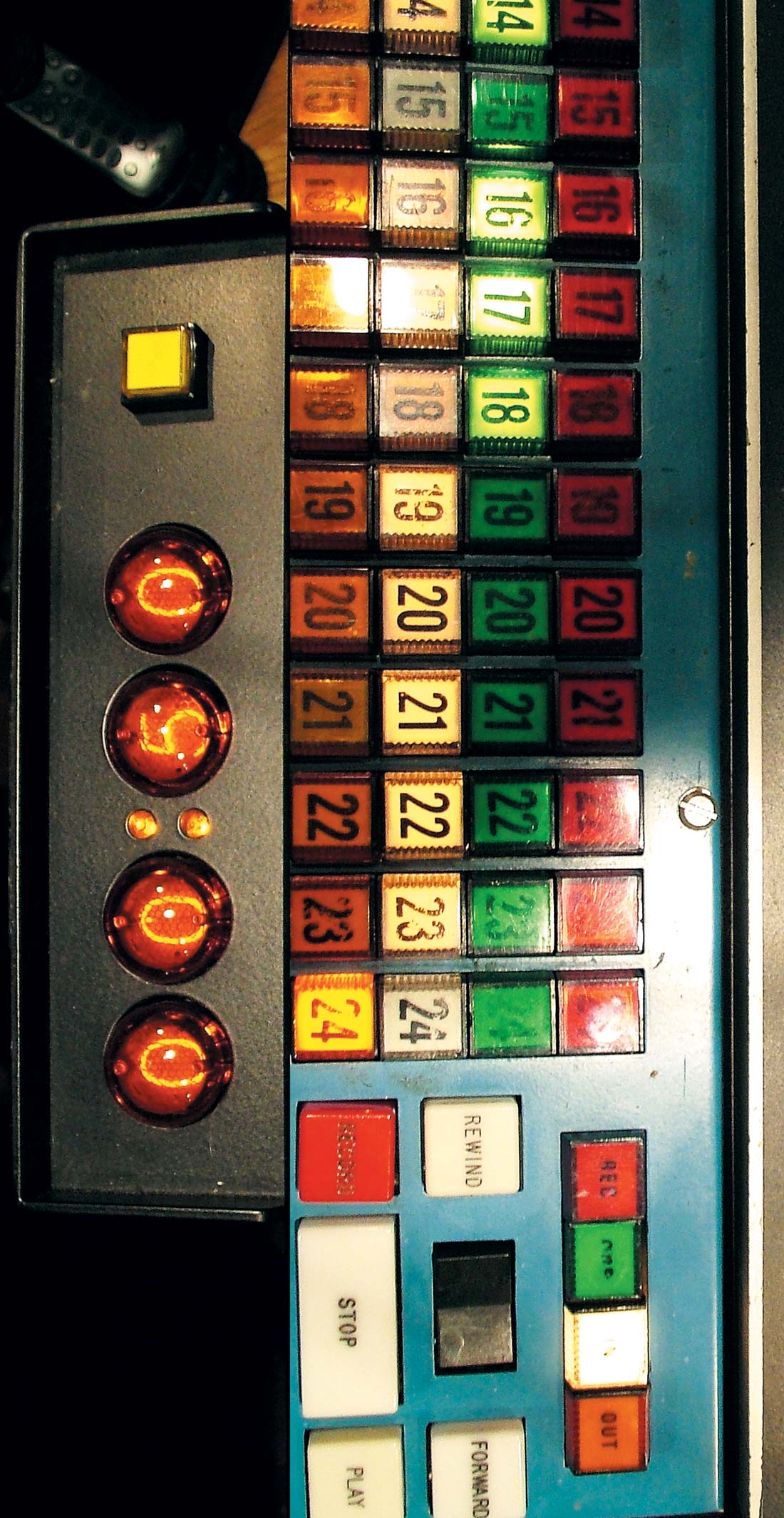



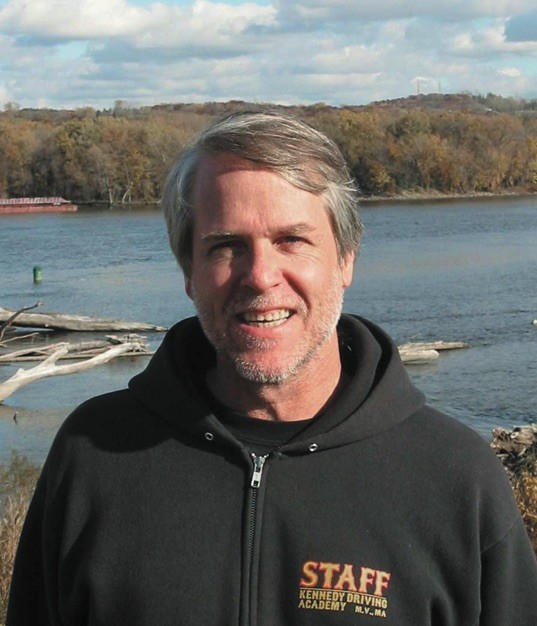


_disp_horizontal_bw.jpg)
